Health Benefits Of Scallops, Nutrition Facts, Types, & More
A deeper look into the positive effect of consuming this tasty shellfish on your health.
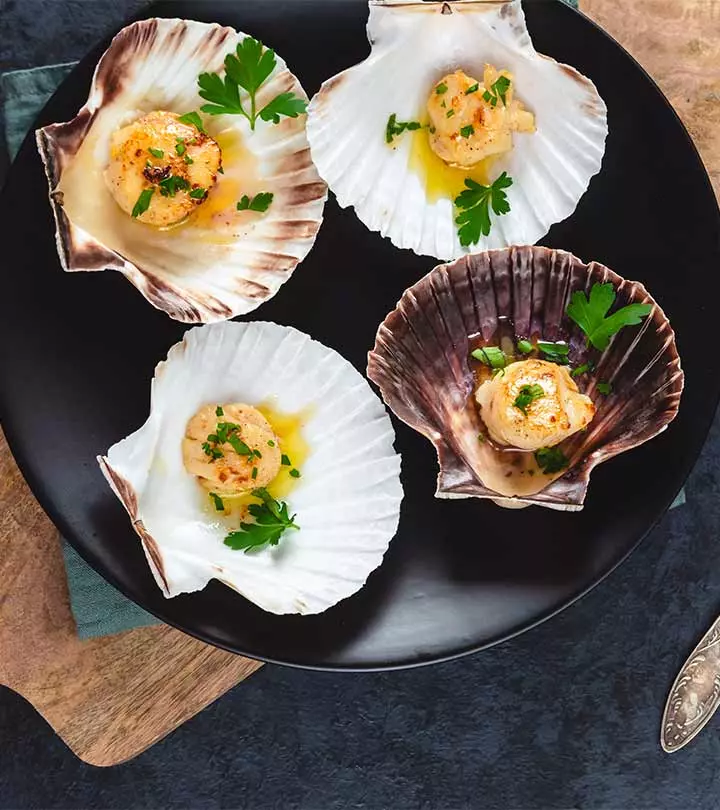
Image: Shutterstock
That creamy flesh between the colorful rocky shells of scallops is edible and highly nutritious. Scallops are a type of saltwater shellfish known for their buttery texture and slightly sweet taste. The omega-3 fats, high protein, and low fat in scallops benefit your health in numerous ways. Scallops may help with weight loss, promote heart health, improve nervous system function, and strengthen bones. This article explores scallop types, nutrition, health benefits, possible side effects, and some delicious recipes to try. Keep reading.
 Know Your Ingredient: Scallop
Know Your Ingredient: ScallopWhat Is It?
A white or orange shellfish with a mild and sweet flavor.
What Are Its Benefits?
It may aid in weight loss, improve brain function, and maintain bone mineral density.
Who Can Consume It?
Anyone can consume them except people with a shellfish allergy and those on a low-sodium diet.
How Often?
You can consume 2 to 3 servings of scallops per week.
Caution
Excess intake of scallops may lead to metal and shellfish poisoning.
In This Article
What Are Scallops?
Scallops are known as bivalve mollusks belonging to the family of Pectinidae. Scallops can swim short distances by opening and closing their shells. They can be sold as seafood and their brightly colored, fan-shaped shells are often used in ornaments. They are available in dry packed (without additives) and wet packed (treated with sodium tripolyphosphate) variants. In addition, scallops have many culinary applications.
Scallops are available in different sizes and textures. Here is a list of the commonly available varieties.
Key Takeaways
- Eating scallops may aid in weight loss, promote cognitive functions, and strengthen your bones.
- The tropomyosin found in scallops may cause an allergic reaction in some people.
- Avoid buying scallops with broken shells and eat them within two days after purchase.
- You can sear scallops in butter or cook them in a lemon butter sauce for a delicious meal.
Types Of Scallops
There are many types of scallops found in North America, including sea scallops, bay scallops, and calico scallops.
Sea Scallops (Placopecten magellanicus): They are large scallops harvested in the Northeast U.S. and Canadian waters. They are also known as Alaskan scallops, Great scallops, Jumbo scallops, King scallops, and Diver scallops or Dayboat scallops. They measure up to 2 inches in diameter and have a texture that is chewier with a mild, sweet flavor.
Bay Scallops (Argopecten irradians): These are smaller scallops harvested in waters from North Carolina to Massachusetts. They have a softer texture than sea scallops and have a ½-inch diameter.
Weathervane Scallops (Patinopecten caurinus): These are harvested in Alaskan waters. You can distinguish weathervane scallops sexes based on their gonad color. While female gonads are orange to red, male gonads are creamy white. They are low in fat and high in protein.
Calico Scallops (Argopecten gibbus): They are medium-sized edible marine scallops harvested in waters from North Carolina and Florida. They are also known as the Atlantic calico scallops and grow up to three inches wide. The shell near the hinge is extended into their ears.
Japanese Scallops (Patinopecten yessoensis): They are also known as Yesso scallops and are harvested in Japan. Their weight ranges from 9 lbs. to 28 lbs. They are rich in minerals and very creamy. Also, they are the sweetest among all scallops.
Icelandic Scallops (Chalmys islandica): These bivalve mollusks are harvested in Europe, Iceland, and Canada. They have a hard surface just like a rock. The Icelandic scallops can reach up to 14 cm and their color is highly variable.
Pink Scallops (Chlamys rubida): These are much smaller than the other varieties that are commercially available. These small scallops are harvested in waters from Alaska to California.
Spiny Scallops (Chalmys hastata): These scallops are also known as swimming scallops or spear scallops. They are harvested on the west coast of Canada and have a deeper, more complex flavor. They taste like the ocean!
Scallops contain high protein and are loaded with essential nutrients. But what is the nutritional breakdown of scallops? Keep scrolling to know.
Scallop Nutrition Facts
According to the U.S. Department of Agriculture, 100 grams of steamed scallops contain (1):
- Calories: 111
- Protein: 20.5 g
- Fat: 0.84 g
- Carbohydrate: 5.41 g
- Dietary fiber: 0
- Calcium: 10 mg
- Iron: 0.58 mg
- Magnesium: 37 mg
- Phosphorous: 426 mg
- Potassium: 314 mg
- Sodium: 667 mg
- Zinc: 1.55 mg
- Copper: 0.033 mg
- Manganese: 0.029 mg
- Selenium: 21.7 µg
- Vitamin B6: 0.112 mg
- Folate: 20 µg
The intake of the nutrient-dense scallops can improve your overall health. Scroll down to find out the health benefits of scallops.
Health Benefits Of Scallops
1. May Help With Weight Loss

According to the American Journal Of Clinical Nutrition, there is a link between your protein intake, satiety, and weight management (2). A study conducted by the University of Copenhagen, Denmark, on 1209 adults found that diets rich in protein help with weight loss (3). Incorporating seafood as a part of a nutritionally balanced energy-restricted diet helps boost weight loss (4). In addition, the fewer calories and higher protein content of scallops help prevent excess fat and maintain lean body mass (5).
2. Promote Heart Health
Dietary intake of cod and scallops may help reduce atherosclerotic (build-up of fats in artery walls) plaque (6). Scallops are low in saturated fat and their daily intake helps decrease the risk of cardiovascular disease (7). In addition, the potassium and magnesium in scallops help treat hypertension (8). Several studies have shown that magnesium deficiency is linked with heart problems (9), (10).
3. Help Improve Nervous System Function

Animal studies conclude that administration of plasmalogens, which are derived from scallops, helps improve cognitive function in people with mild Alzheimer’s disease and cognitive impairment (11). Also, the presence of B vitamins (like vitamin B12) in scallops helps lower homocysteine and improve brain health (high homocysteine levels are linked with cognitive impairment) (12), (13). In addition, seafood is high in omega-3 fats that help improve brain function (14).
4. Help Strengthen Bones
The protein scallops may help reduce hip fracture risks and improve bone health. A review published in the Computational and Structural Biotechnology Journal suggests that high protein intake plays a key role in maintaining bone mineral densityi The amount of minerals (dominantly phosphorus and calcium) present in bone tissues that are important for healthy bones and prevent bone loss. (BMD) in older adults (15). However, more studies are warranted to understand this phenomenon of scallops.
5. Support A Healthy Pregnancy
A study published in the American College of Obstetriciansi A physician or doctor who specializes in the field of maternal-fetal medicine and is associated with pregnancy, deliveries, and childbirth. and Gynecologists suggests that an intake of 2 to 3 servings of seafood per week helps support healthy pregnancy (16).
These are the important benefits of scallops. However, do not consume them in excess amounts. Consuming anything in excess may cause undesirable effects, and so is the case with scallops. Scroll down to learn more.
Possible Side Effects Of Scallops

Intake of scallops in moderation is generally considered safe. However, some people may experience allergic reactions to shellfish, including scallops. Tropomyosin is the major allergen found in scallops, shrimps, and crabs (17), (18). The symptoms of shellfish allergy include hives, trouble swallowing, shortness of breath, dizziness, confusion, pale skin, indigestion, diarrhea, and vomiting. In some cases, people may experience anaphylactic shocki An allergic reaction that causes the release of chemicals in the body which lead to a sudden drop in blood pressure, resulting in shock. .
In addition, scallops may accumulate heavy metals such as mercury, arsenic, lead, and cadmium. Their accumulation in the body may lead to memory issues, kidney damage, and depression (19).
However, these side effects may make one wonder, ‘Are scallops healthy?’ But consuming them in moderate amounts and checking for these undesirable side effects immediately after consumption help in minimizing these effects.
Note: People watching their sodium intake should check the amount of salt added in the preparation of scallop recipes.
 Did You Know?
Did You Know?You should store scallops carefully to avoid damage. Continue reading to learn more.
How To Store Scallops?
Keep your scallops in the refrigerator if you want to eat them within two days. You can also freeze them in the freezer where they can last up to three months. Avoid buying scallops with broken shells and without any labels on the product packages.
Note: If you buy frozen scallops without the shells, make sure the package is not damaged.
Are you wondering how to eat the scallops that are inside shells? Scroll down to find out.
How To Prepare Scallops?
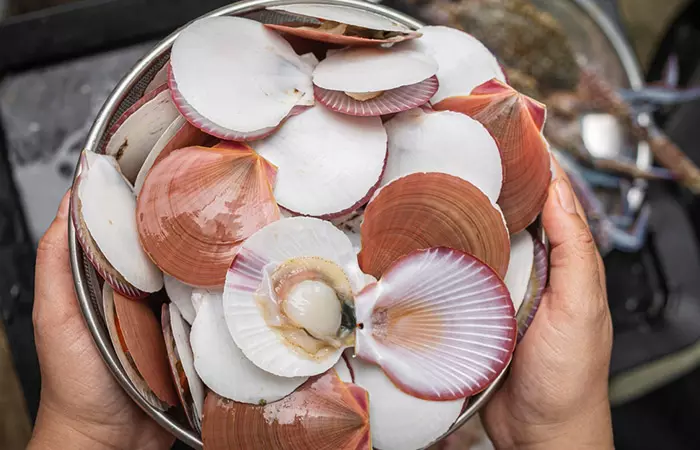
- Place an oyster shucking knife at the hinge and prize it open slightly.
- Turn the scallop over and run a flexible fish filleting knife over the flat side of the shell to release the scallop.
- Open the shell fully. Use a spoon to release the scallop from the bottom shell.
- Discard the frill, the black stomach sack, and any other pieces that are around the meat of the scallop. You would be left with just the white flesh.
- Before frying the scallops, rinse them under cold water and blot dry with a paper towel.
Note: Avoid scallops that are slimy and emit a strong fishy odor. Always store them in a freezer bag or an airtight container, in the coldest section of your fridge. Consume fresh scallops within 2-3 days of storing them.
Emily, a food blogger, shares her experience of cooking scallops in different ways: “I grew up on frozen scallops from Costco and thought I loved scallops then. My first fresh diver scallop (from the mussels lady at the Santa Barbara Farmers Market, sold fresh in the shell) made me realize what a fool I’d been (i).” Referring to the use of celery root in one of her recipes, she observes, “The celery root purée was the perfect complement to the scallops, yet was mild enough not to stand in the way of appreciating how awesome the scallops taste on their own. This cooking method is by far my favorite way that I’ve ever prepared scallops.”
You can prepare simple yet delicious scallop recipes at home. Check out the next section.
 Did You Know?
Did You Know?3 Easy And Delicious Scallop Recipes
1. Sautéed Scallops
What You Need
- Patted dry sea scallops – 1 pound
- Unsalted butter – 3 tablespoons
- Dry white vermouth or white wine – 1 tablespoon
- Finely chopped parsley – 1 tablespoon
- Kosher salt – to taste
Process
- Place a large sauté pan or skillet over medium-high heat, and add to it 3 tablespoons of butter.
- When it has melted and started to foam, place the scallops in the pan in a single layer.
- Now season with a pinch or two of salt.
- Cook scallops without moving until the bottoms are golden brown, approximately for 2 to 3 minutes.
- Then turn them over, add the wine, and cook for an additional 1 to 2 minutes.
2. Seared Scallops
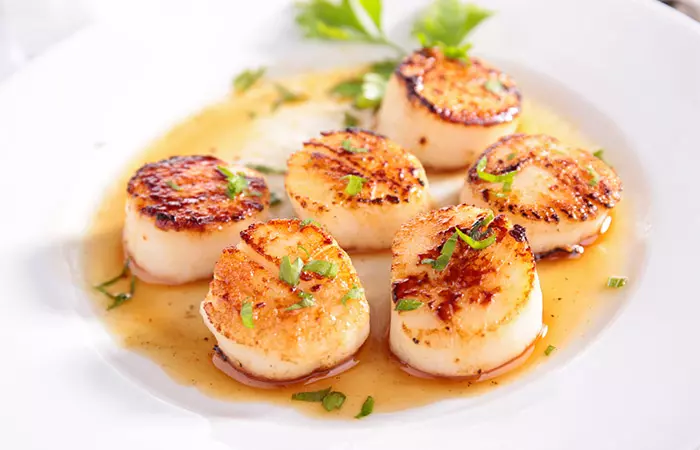
What You Need
- Sea scallop – 1 lb.
- Extra virgin olive oil – 1 tablespoon
- Finely chopped fresh chives – 2 tablespoons
- Unsalted butter – 2 tablespoons
- Grated garlic – 1 clove
- Dry white wine – 1 tablespoon
- Fine sea salt – to taste
- Freshly ground black pepper – to taste
Process
- Pat the scallops dry with a paper towel.
- Season with salt and pepper.
- In a large skillet set over medium-high heat, add the oil.
- When the oil is hot, add the scallops and cook until golden brown on one side, for 2 to 3 minutes.
- Gently turn the scallops and add the butter and garlic to the pan.
- Continue to cook, spooning the butter over the scallops until they are cooked through, for about 3 minutes more.
- Add the white wine and cook for another 10 seconds.
- Serve with chives.
3. Easy Garlic-Lemon Scallops
What You Need
- Large sea scallops – 2 pounds
- Butter – ¾ cup
- Fresh lemon juice – 2 tablespoons
- Minced garlic – 3 tablespoons
- Salt – 1 teaspoon
- Pepper – 1/8 teaspoon
Process
- Melt butter in a large skillet over medium-high heat.
- Stir in garlic, and cook for a few seconds until fragrant.
- Add scallops, and cook for several minutes on one side, then turn over, and continue cooking until firm and opaque.
- Remove scallops to a platter, then whisk salt, pepper, and lemon juice into the butter.
- Pour sauce over scallops to serve.
Conclusion
Scallops are a type of shellfish that live in saltwater environments. Scallops nutrition is gaining the attention of many healthcare enthusiasts.The protein, vitamins, and minerals in them benefit your health in several ways. From aiding in weight loss to supporting a healthy pregnancy, scallops help treat many ailments. However, some people may experience an allergic reaction to scallops and they may accumulate heavy metals. Hence, consume them in moderation, and consult your doctor in case of any emergencies.
Frequently Asked Questions
Are scallops really stingray?
No. Scallops are not stingrays. However, in the seafood industry, people are often duped into eating ‘fake scallops’ made from stingray, shark, or skate meat, instead of scallops. There is a way to tell if a scallop is real. They have a slightly different shape instead of a cylinder and are not perfectly round.
Why do scallops smell so fishy?
Scallops generally do not have any odor. A fishy smell indicates that they are not fresh and you should discard them.
Are scallops better than salmon?
No. Salmon is a better source of protein and beneficial omega fatty acids than scallops (20).
Illustration: Scallop Nutrition Facts Benefits Types And Recipes
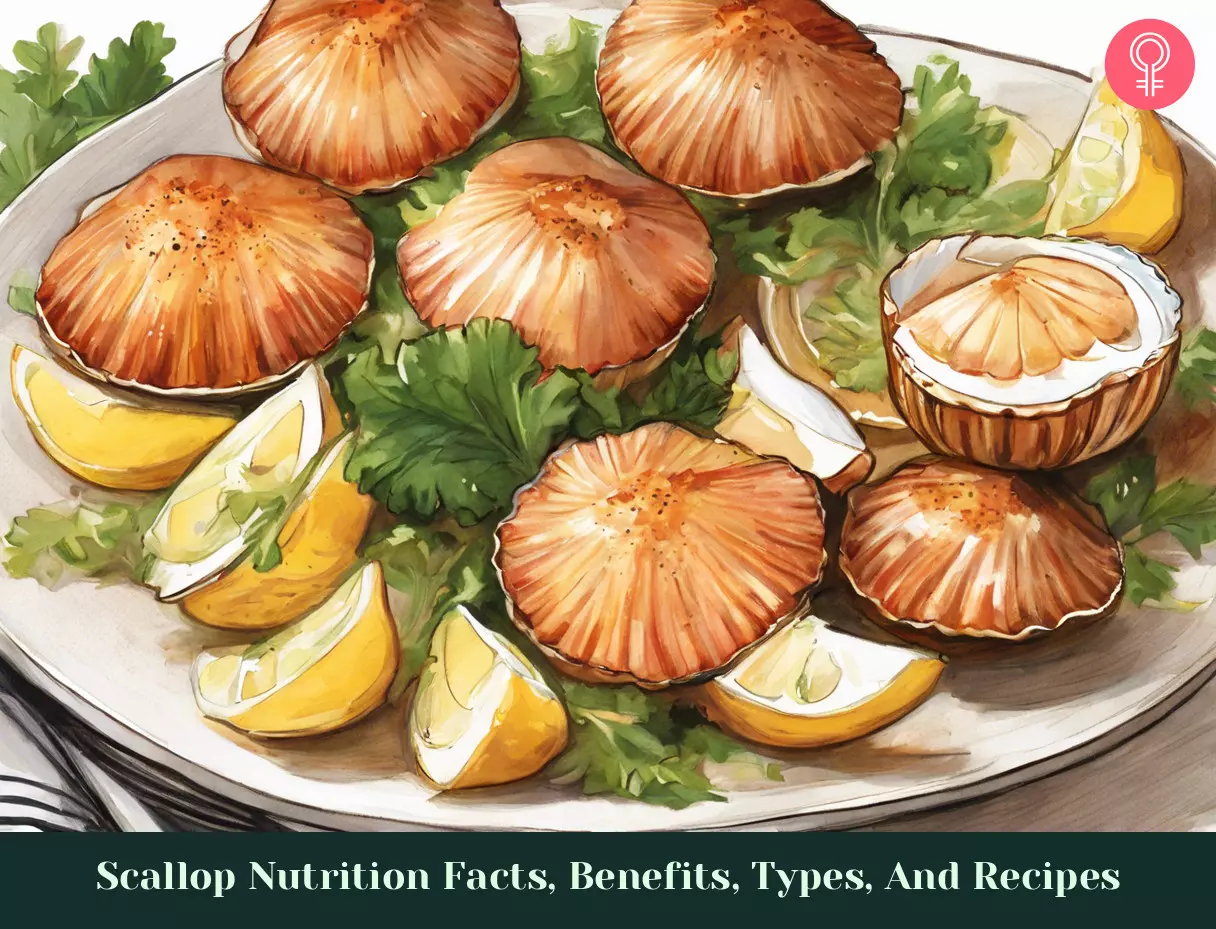
Image: Stable Diffusion/StyleCraze Design Team
Discover the amazing health benefits of scallops! From improved heart health to better brain function, check out this video to learn more about its benefits to your body.
Personal Experience: Source
StyleCraze's articles are interwoven with authentic personal narratives that provide depth and resonance to our content. Below are the sources of the personal accounts referenced in this article.
i. Mmmm… Scallops…https://emilysculinaryadventures.blogspot.com/2011/02/mmmm-scallops.html
References
Articles on StyleCraze are backed by verified information from peer-reviewed and academic research papers, reputed organizations, research institutions, and medical associations to ensure accuracy and relevance. Read our editorial policy to learn more.
- Mollusks scallop (bay and sea) cooked steamed
https://fdc.nal.usda.gov/fdc-app.html#/food-details/167742/nutrients - Protein weight management and satiety
https://academic.oup.com/ajcn/article/87/5/1558S/4650426 - Diets with high or low protein content and glycemic index for weight-loss maintenance
https://pubmed.ncbi.nlm.nih.gov/21105792/ - Randomized trial of weight-loss-diets for young adults varying in fish and fish oil content
https://pubmed.ncbi.nlm.nih.gov/17502874/ - Scallop protein with endogenous high taurine and glycine content prevents high-fat high-sucrose-induced obesity and improves plasma lipid profile in male C57BL/6J mice
https://pubmed.ncbi.nlm.nih.gov/24658997/ - Dietary intake of cod and scallop reduces atherosclerotic burden in female apolipoprotein E-deficient mice fed a Western-type high fat diet for 13 weeks
https://pubmed.ncbi.nlm.nih.gov/26839578/ - Reduction in saturated fat intake for cardiovascular disease
https://pubmed.ncbi.nlm.nih.gov/26068959/ - Potassium magnesium and calcium: their role in both the cause and treatment of hypertension
https://pubmed.ncbi.nlm.nih.gov/18607145/ - Low serum magnesium and the development of atrial fibrillation in the community: the Framingham Heart Study
https://pubmed.ncbi.nlm.nih.gov/23172839/ - Magnesium intake is inversely associated with coronary artery calcification: the Framingham Heart Study
https://pubmed.ncbi.nlm.nih.gov/24290571/ - Efficacy and Blood Plasmalogen Changes by Oral Administration of Plasmalogen in Patients with Mild Alzheimer\’s Disease and Mild Cognitive Impairment: A Multicenter Randomized Double-blind Placebo-controlled Trial
https://www.ncbi.nlm.nih.gov/labs/pmc/articles/PMC5360580/ - Vitamin B12 folic acid and the nervous system
https://pubmed.ncbi.nlm.nih.gov/17052662/ - Cognitive and clinical outcomes of homocysteine-lowering B-vitamin treatment in mild cognitive impairment: a randomized controlled trial
https://pubmed.ncbi.nlm.nih.gov/21780182/ - Role of omega-3 fatty acids in brain development and function: potential implications for the pathogenesis and prevention of psychopathology
https://pubmed.ncbi.nlm.nih.gov/16949263/ - High Versus low Dietary Protein Intake and Bone Health in Older Adults: a Systematic Review and Meta-Analysis
https://www.ncbi.nlm.nih.gov/labs/pmc/articles/PMC6704341/ - Update on Seafood Consumption During Pregnancy
https://www.acog.org/clinical/withdrawn-document?utm_source=redirect&utm_medium=web&utm_campaign=int - Cross-reactivity among shrimp crab and scallops in a patient with a seafood allergy
https://pubmed.ncbi.nlm.nih.gov/16620221/ - Fish and shellfish allergy in children: review of a persistent food allergy
https://pubmed.ncbi.nlm.nih.gov/22554093/ - Toxicity mechanism and health effects of some heavy metals
https://pubmed.ncbi.nlm.nih.gov/26109881/ - Salmon, baked or broiled, no added fat
https://fdc.nal.usda.gov/fdc-app.html#/food-details/1098965/nutrients - 24-Hour Urine Testing for Nephrolithiasis: Interpretation Guideline
https://www.ncbi.nlm.nih.gov/books/NBK482448/
Read full bio of Nilofar Pendhari
Read full bio of Sindhu Koganti
Read full bio of Ravi Teja Tadimalla
Read full bio of Moksha Gandhi





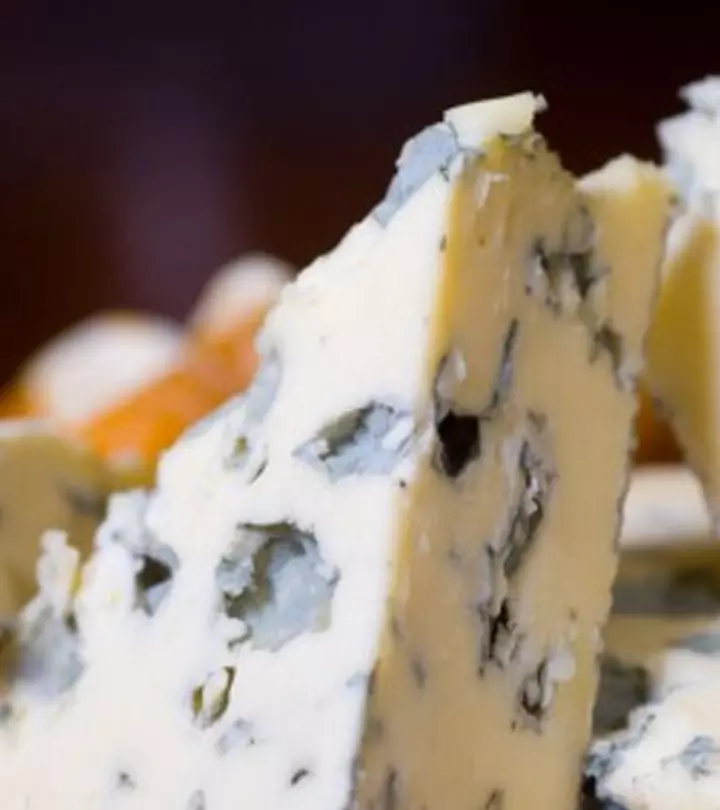
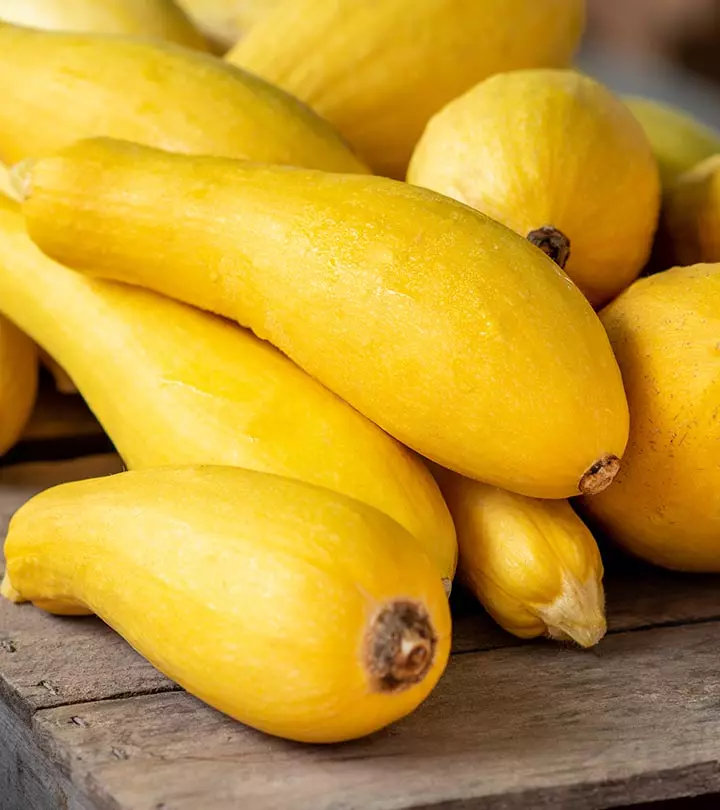
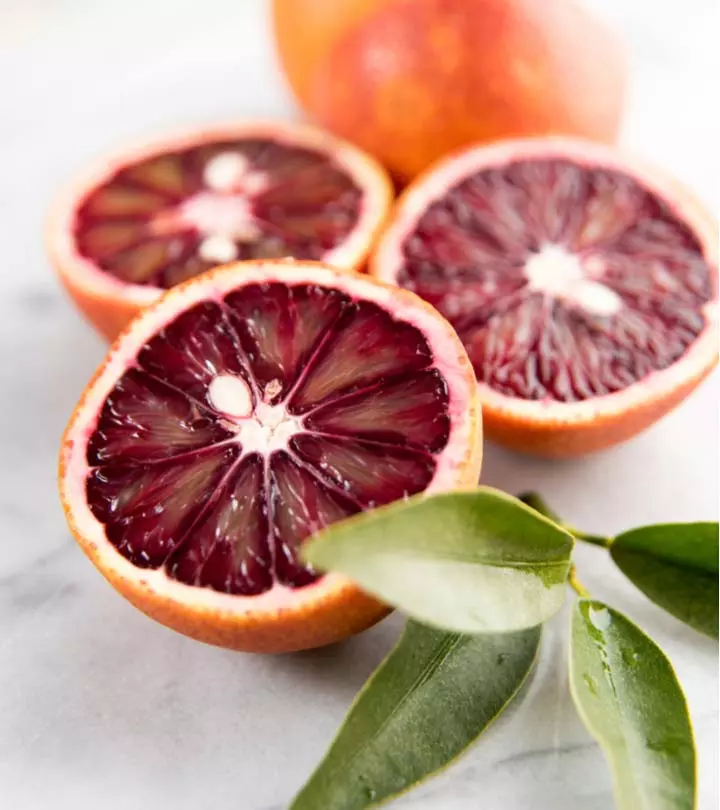
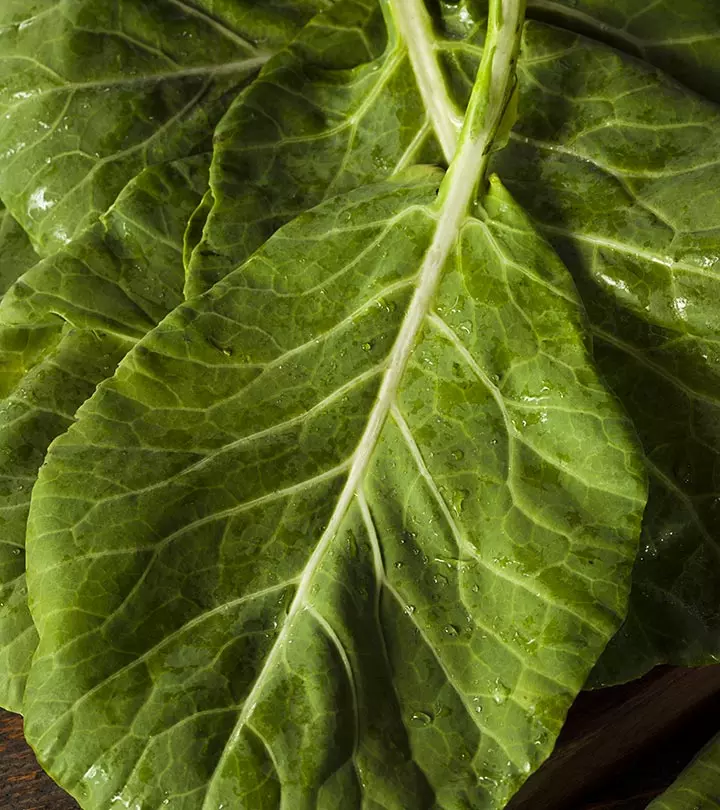

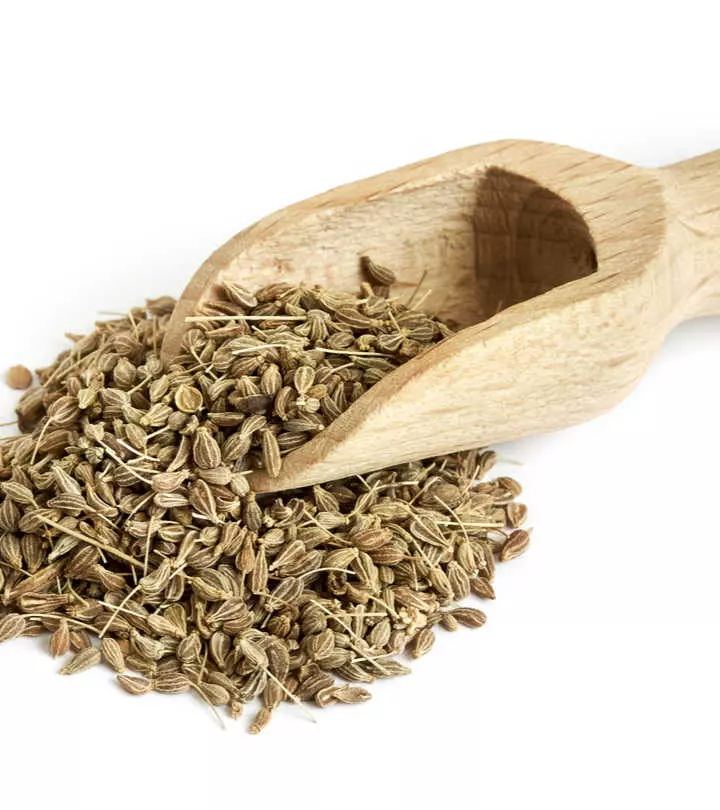
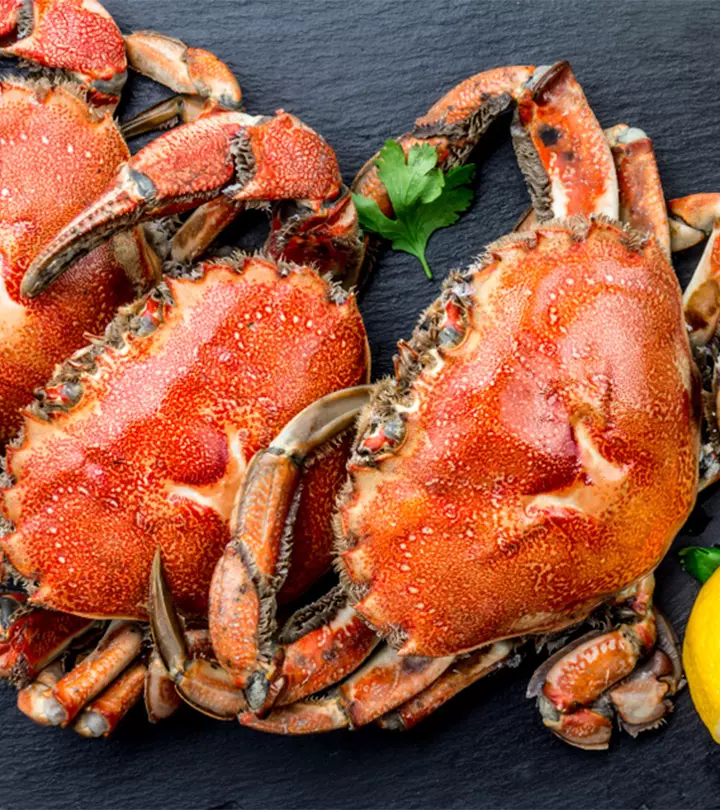
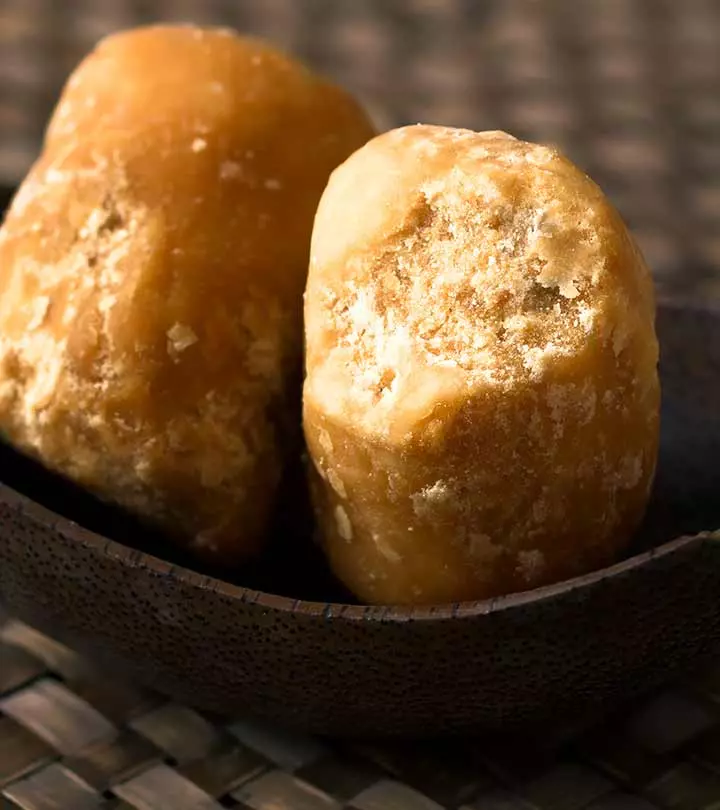

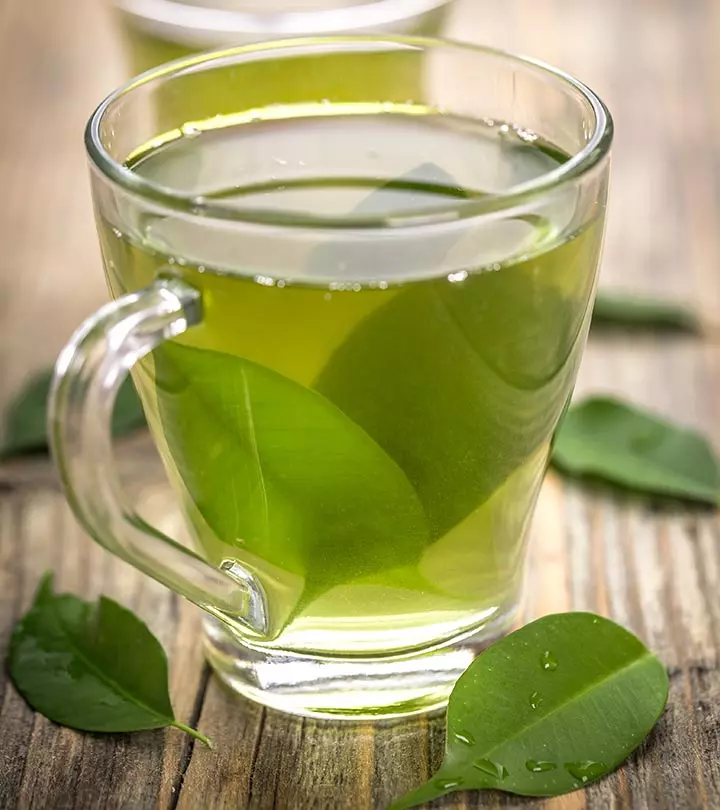
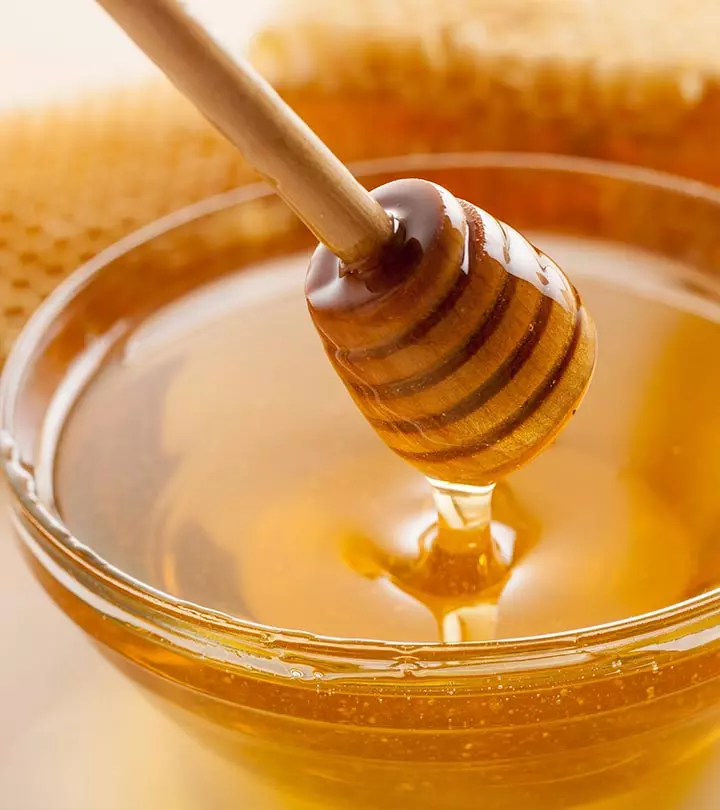


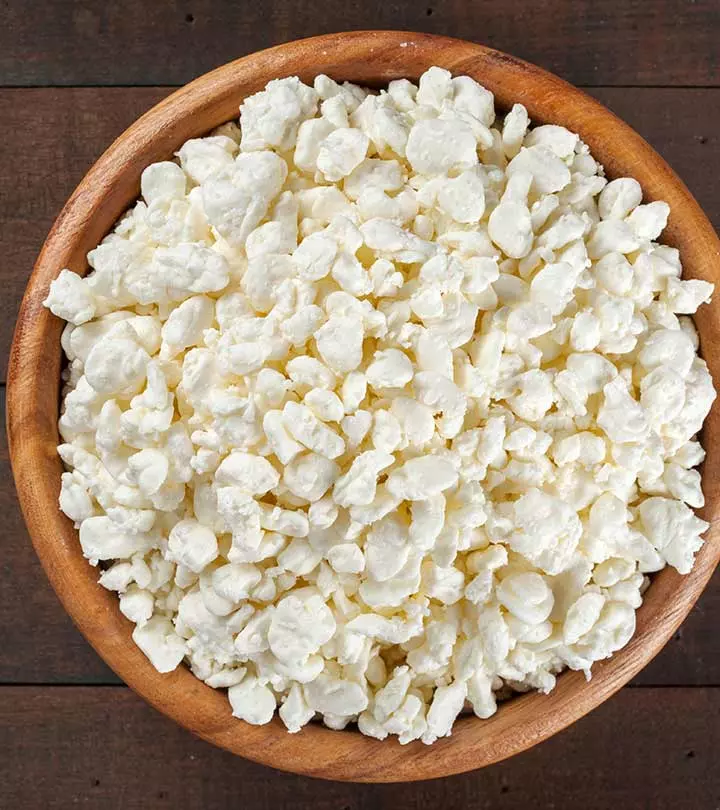
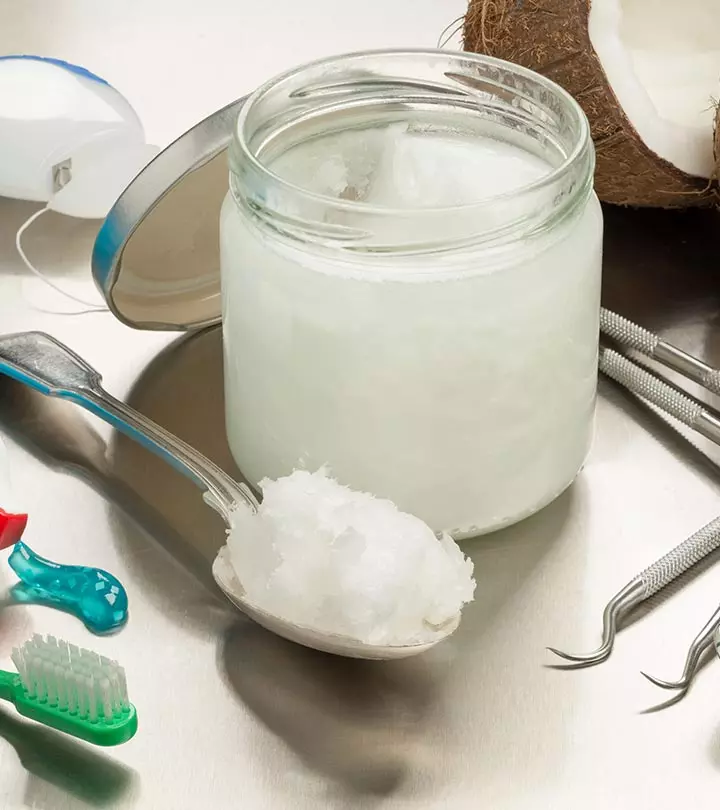
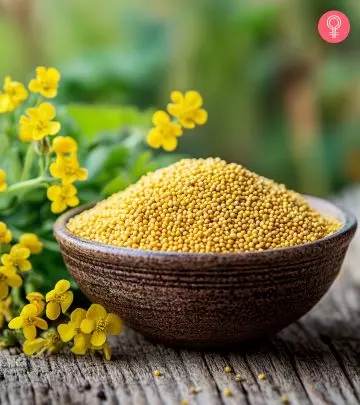
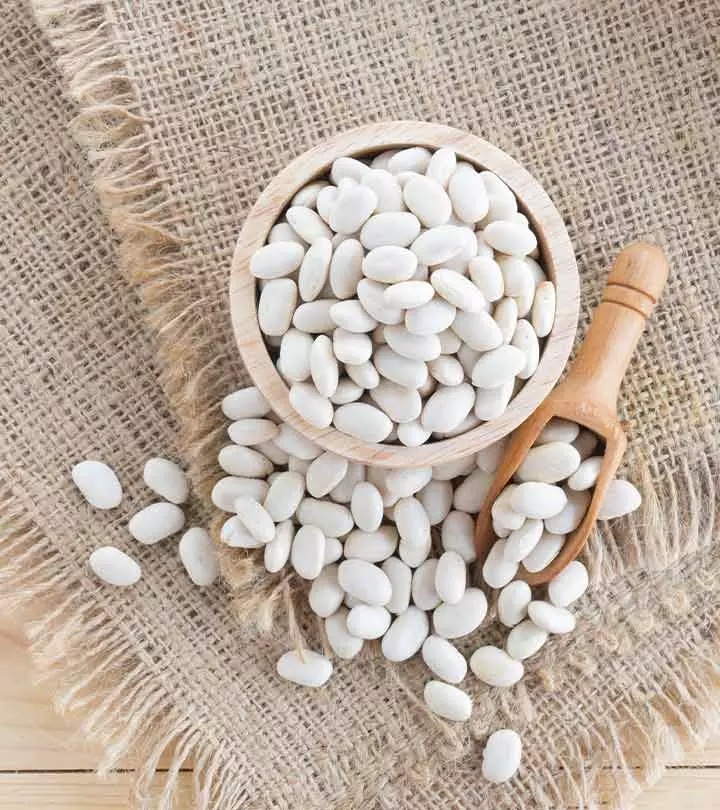
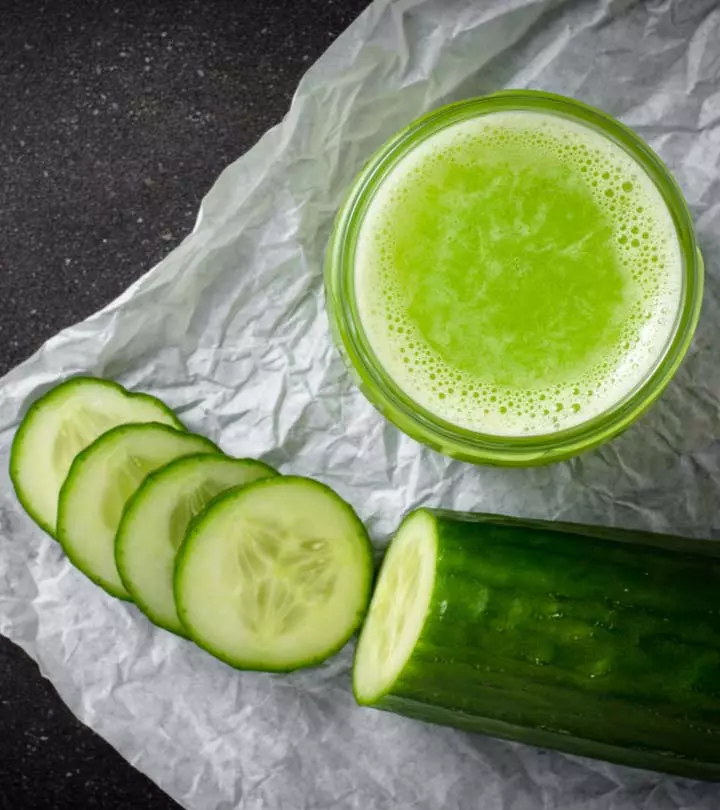


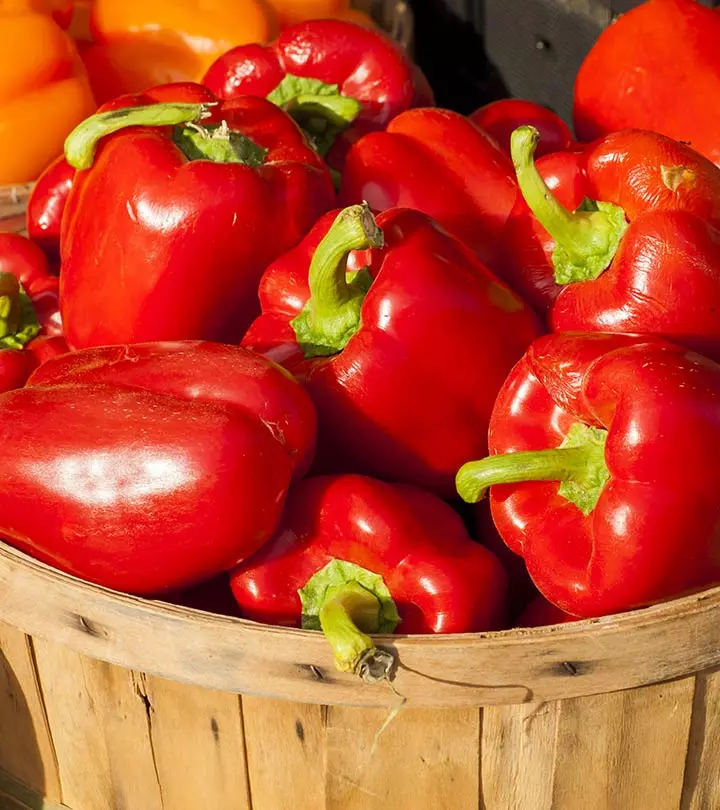
Community Experiences
Join the conversation and become a part of our empowering community! Share your stories, experiences, and insights to connect with other beauty, lifestyle, and health enthusiasts.